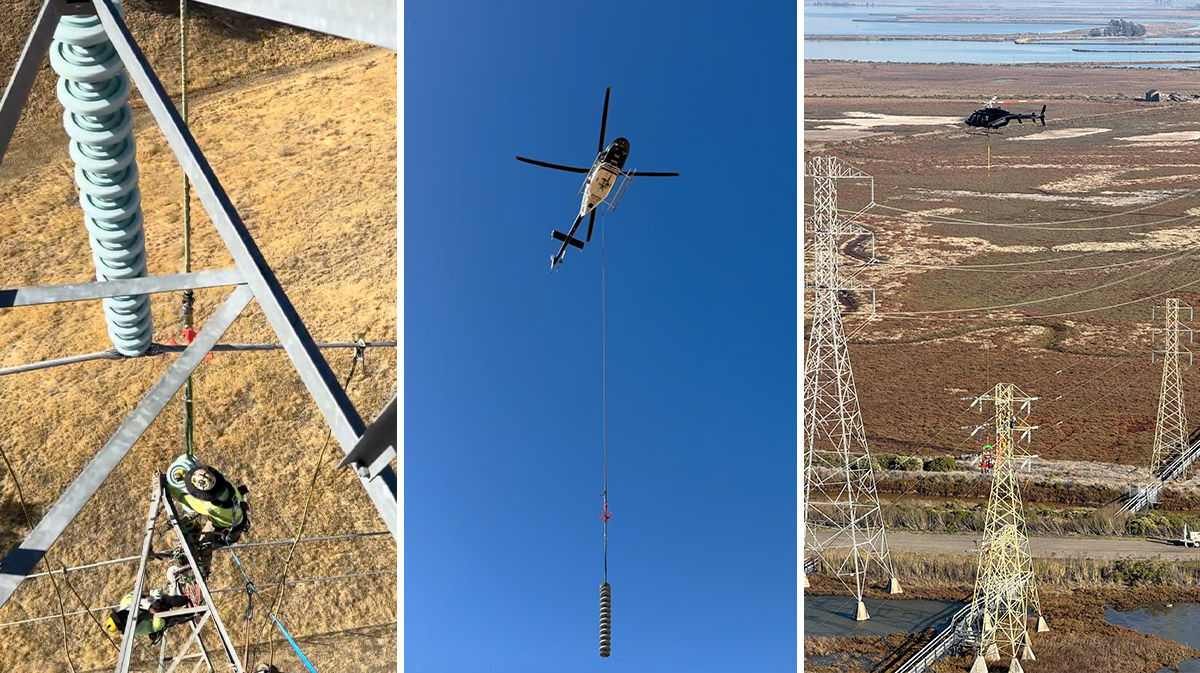When most people think of helicopter aviation, they picture air ambulance missions, firefighting, or search and rescue. But there’s another side to rotorcraft operations that’s just as vital: utility work. This high-demand, high-skill field plays a crucial role in keeping power flowing across the nation. Through patrol, maintenance, and construction of electrical infrastructure, helicopter pilots are quite literally helping to keep the lights on.
Behind the Scenes of Utility Work
Utility work involves a wide range of operations, including power line inspection, aerial construction, and emergency repairs. Helicopters are essential tools in this sector, allowing skilled pilots and technicians to access remote or rugged terrain that ground crews simply can’t reach efficiently. Using specialized equipment and techniques, helicopter crews can complete tasks that once took days in just a matter of hours.
These missions require more than just precision flying. Pilots must be adept at hovering close to transmission lines, working around obstacles like trees and towers, and coordinating closely with ground teams and linemen who may be suspended in harnesses beneath the aircraft. The margin for error is slim, and the work demands focus, coordination, and advanced situational awareness.
Training for a High-Stakes Career
Helicopter pilots working in utility line operations need a unique set of skills. Beyond core flight training, they must be comfortable with external load operations, confined area landings, and low-level navigation. Strong communication, risk management, and decision-making skills are equally critical, especially when managing real-time changes in weather or site conditions.
LEFA’s programs go beyond the basics. Our experienced instructors, structured curriculum, and access to diverse training environments help students prepare for the complexities of real-world utility missions. By emphasizing risk assessment, precision control, and scenario-based training, we help future pilots build the foundation needed for success in this demanding field.
Why the Demand Is Growing
As infrastructure across the country ages and energy demand increases, utility companies are turning more and more to helicopter crews to maintain and upgrade power lines. Helicopter-based utility work is faster, more efficient, and often safer than traditional methods. This increased reliance is fueling job growth for rotorcraft pilots trained in these specialized operations.
Environmental concerns and renewable energy projects have also contributed to the field’s expansion. Helicopters are now being used in the construction of wind farms, solar arrays, and hydroelectric systems, all of which often require power lines to connect remote generation sites to the grid. As a result, the need for highly trained utility pilots is on the rise.
Preparing for Utility Work at LEFA
Leading Edge Flight Academy commits to preparing students for the full spectrum of helicopter career paths. Our training environment in Central Oregon offers ideal terrain for mastering off-airport landings, precision maneuvers, and high-altitude operations. With nearly 20 years of experience, we know what it takes to get our graduates hired, and we build those standards into every aspect of our program. Students can expect to develop real-world flying skills, build confidence in challenging flight environments, and gain a deep understanding of what it means to operate as a professional pilot.
Our goal is not only to train safe, skilled aviators but also to position them for long-term success in specialized careers.
